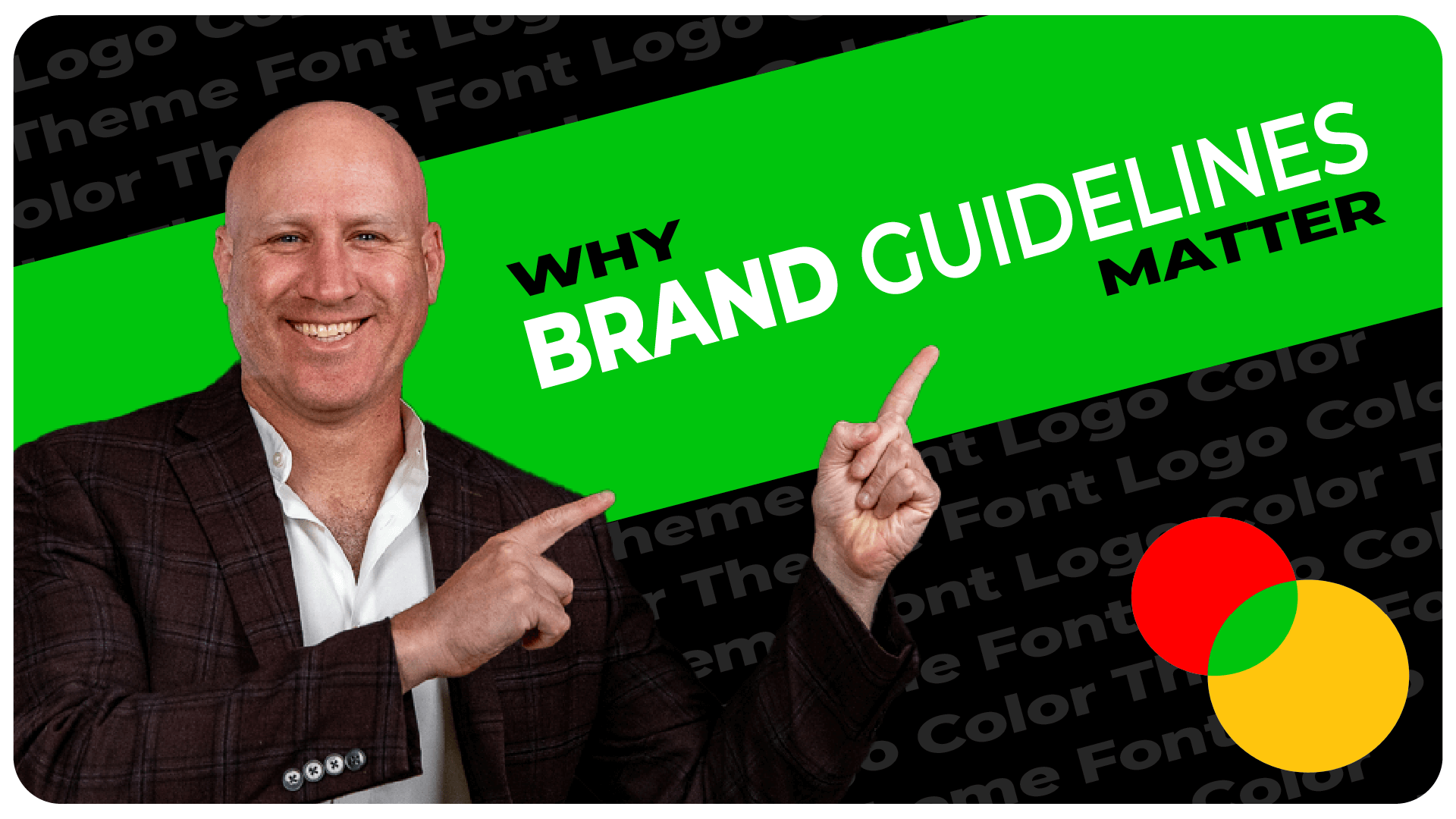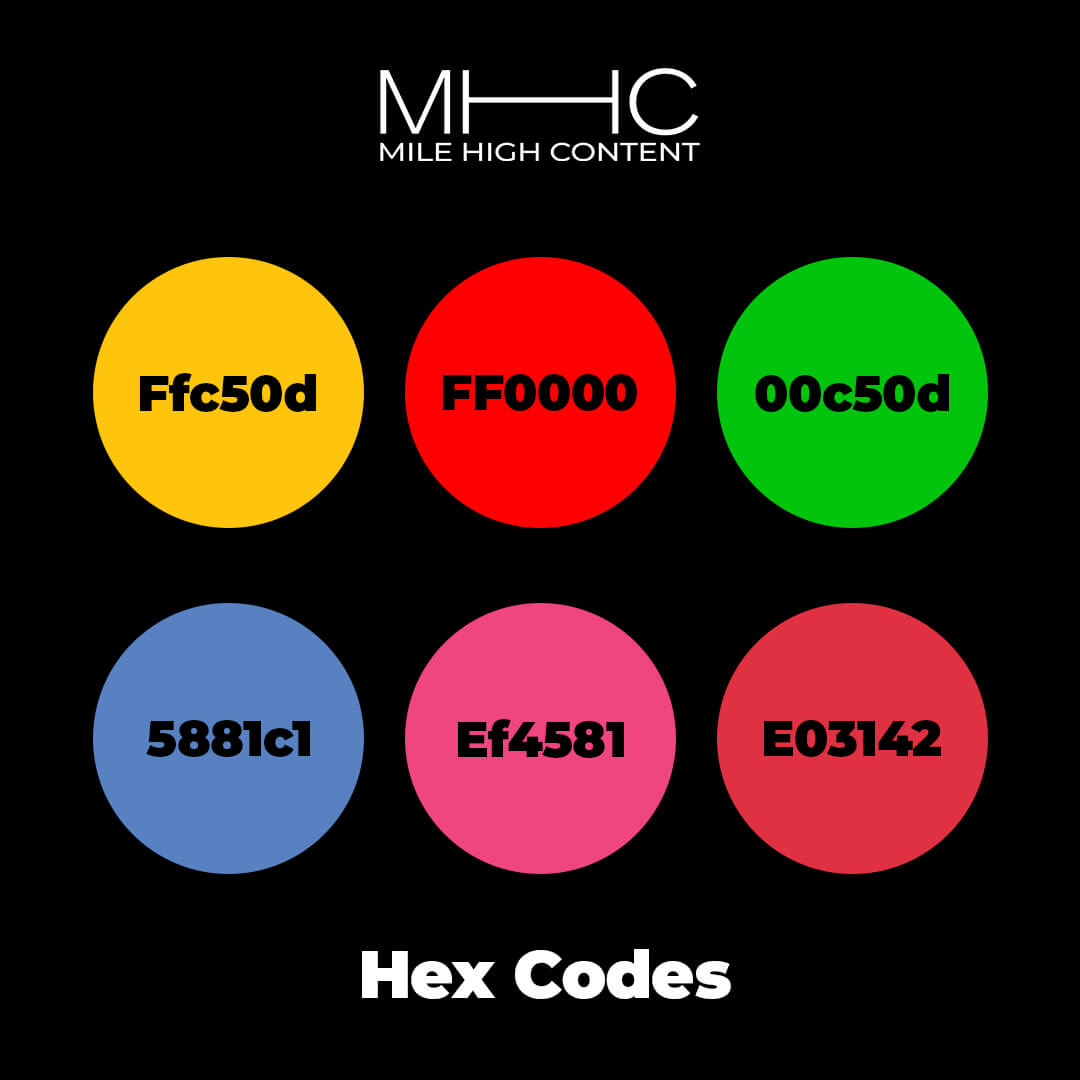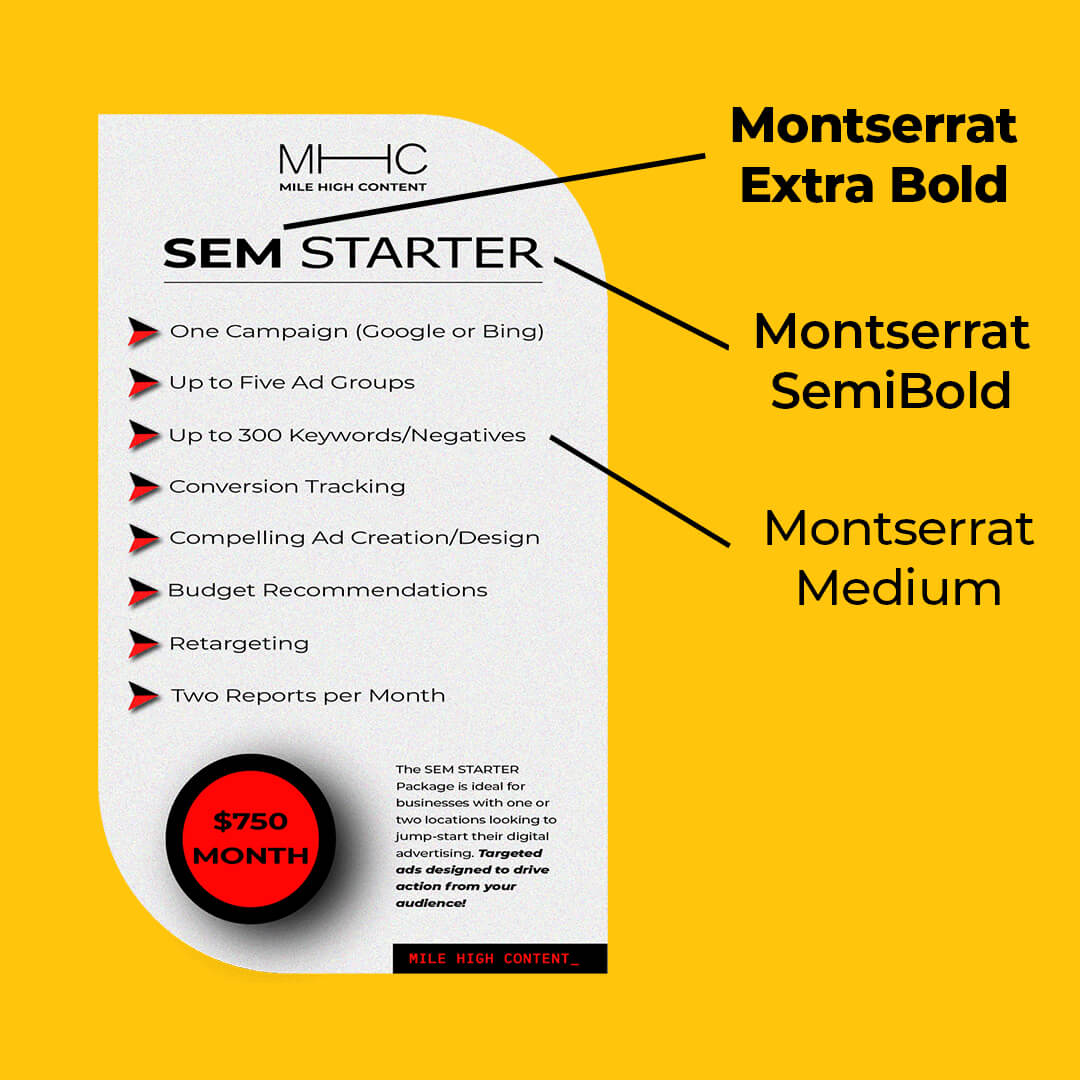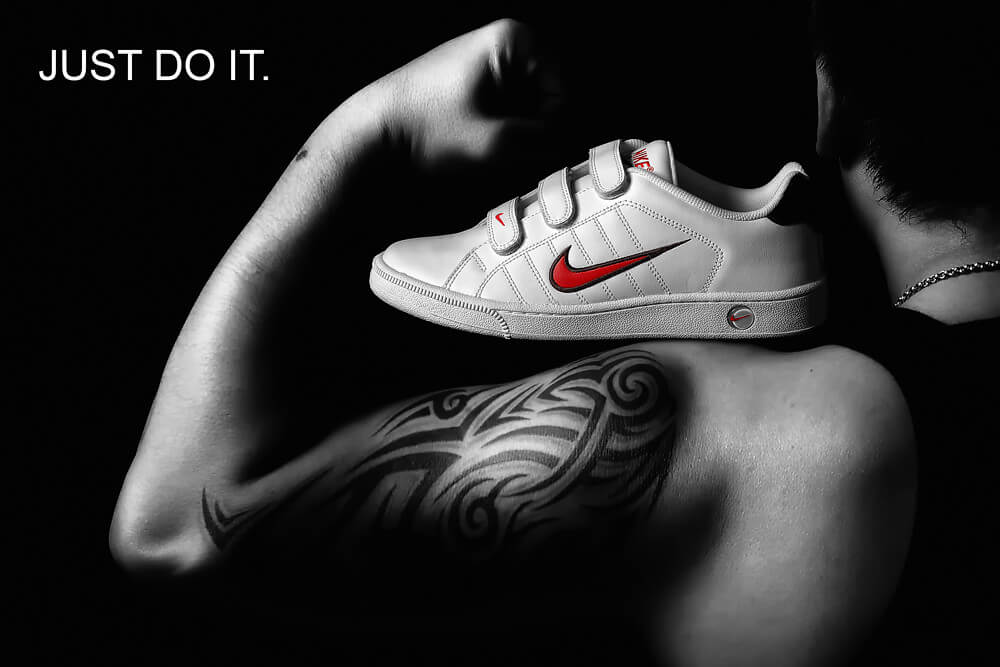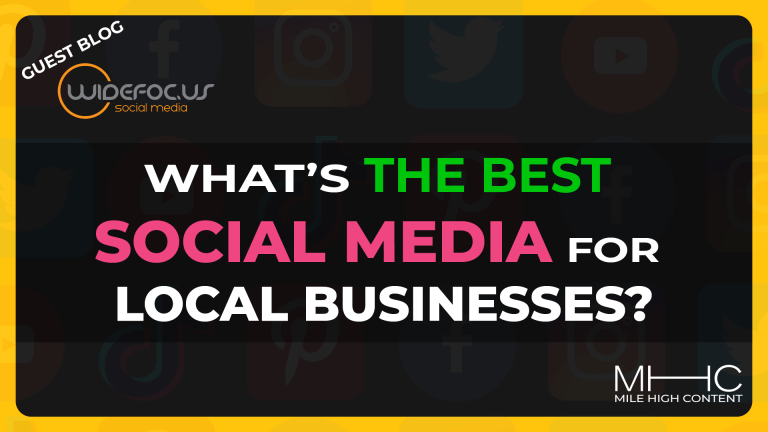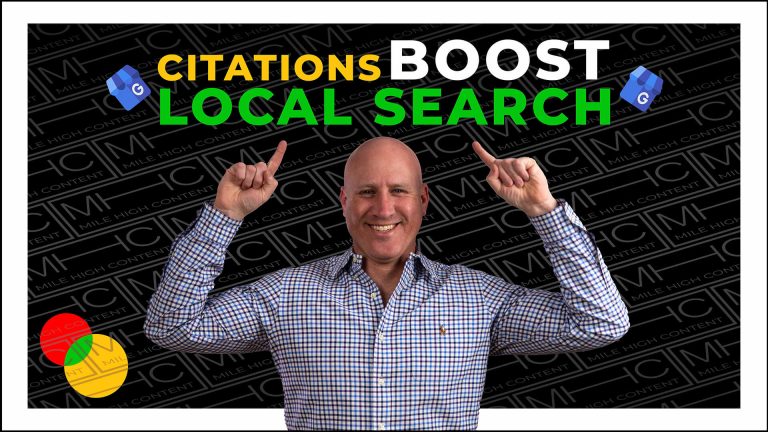Can you imagine Nike without the swoosh or McDonalds without the golden arches? A well-defined set of rules and standards on how your company visually looks across all touchpoints is crucial for brand integrity and recognition. These rules are called brand guidelines and are essential for consistency in today’s crowded marketplace.
The following article will define five key elements your brand guidelines should include, helping you build trust, credibility, and a strong emotional connection with your target audience.
Harmonious Color Palette
Colors play a crucial role in establishing a strong brand identity. When creating your brand guidelines, starting with a color palette is essential. A color palette, or color code, is a group of colors that work together to create a visually appealing aesthetic. An incohesive color palette is the first way to destroy brand identity. By investing time in developing a thoughtful and cohesive color strategy, you can effectively communicate your brand’s personality and values to your target audience.
So, how do you create a harmonious color scheme? First, it is essential to consider how the chosen hues will resonate with your target audience and align with your brand’s core values. For example, using soft colors is probably wise if you are a hospice care provider, whereas neon colors would detract from the concept of compassion and caring. Instead, soft pastels of purples, blues, and oranges would convey empathy, resonating more with individuals deciding on care for a loved one at the end of their life. On the contrary, if you are a wedding DJ, you can use bright colors that stand out and pop.
Once you decide on a color scheme, make sure to know the exact hex codes to ensure accurate color reproduction for later use. A hex code is a numerical code used to identify the exact color. Here is an example of Mile High Content’s Color Palette with Hex Codes
Memorable Logo
A memorable logo is the foundation of a strong brand identity, as it’s the first design element customers will notice about your business on your website, advertising campaigns, and marketing materials. Simplicity is crucial when creating a logo for your business. The most recognizable brands in the world, like Nike’s iconic swoosh or Apple’s apple, are elegant in their simplicity. It can confuse your audience if your logo is too busy or unrelatable, so make sure you spend the time to craft a logo that’s simple and impactful.
As mentioned in the section above, choosing a color palette that aligns with your brand is critical. You should implement your brand colors and font into your logo design. Creating three versions of your logo is essential: black, white, and color. Even your logo’s black and white versions should be just as recognizable as the full-color iteration.
We work with a fantastic graphic designer specializing in logo design and wanted to get her take on an impressionable logo. “Your brand identity is successful when it communicates directly to your target audience.” -Alex P. | Founder @ Curly Cue Design Studio.
At Mile High Content, we chose not to have a color version of our logo but kept a sleek, modern design. Here are the black and white versions of our logo.
Consistent Topography
Topography is the arrangement of letters and text in appearance and structure. Just as a color scheme conveys emotion to the viewer, so does your brand’s topography. Consistent topography is crucial for a cohesive identity, as the font, weight, and kerning convey a specific tone and personality that shapes how your audience perceives your brand. Inconsistent topography, on the other hand, can make your brand look sloppy and unprofessional.
Carefully select your brand fonts based on how you want your target audience to view you. For example, choosing a decorative King Arthur font may be wise if you run an archery school. On the contrary, an Old English font would be awkward if you are opening a Japanese restaurant. Choosing a relevant font for your brand seems obvious, but you’d be surprised how many businesses miss the mark.
At Mile High Content, our brand font is Montserrat. We use a mix of weights depending on use and intention. We also implement custom kerning and character styles to adjust the size of our brand font.
Here is an example of how using the same font in different weights can make your design more dynamic.
Repeat Important Taglines and Themes
Just Do It! This tagline is recognizable to billions of people worldwide without having to name the brand. Generally, taglines need to be trademarked for marketing and advertising, which is important to remember if you are considering a tagline for your company. However, you can still use repeated themes in your brand guidelines to help consumers recognize and associate with your business.
Consider your core offerings when considering the repeated theme you should use for your brand. You may be a mechanic, and speed of service is a differentiator in someone choosing you over a competitor. Or perhaps you are a health food restaurant, and locally grown, organic food is a primary reason your cuisine is more nutritious. Whatever the case, repeat themes in your marketing materials and advertising to have consistent branding.
At Mile High Content, several core offerings include being a boutique digital marketing agency, working solely with local businesses, having exceptional reporting, and bundled monthly pricing. We repeat these themes on our website, marketing brochures, and advertising campaigns to create a lasting impression on our core offerings and what sets us apart.
The Things You Don’t Say
Equally crucial to the themes and terms you repeat are those you don’t say. We recommend creating a list of sayings you remove from your vocabulary altogether. These can be considered your negative brand guidelines. Here are common examples of words and terms many companies avoid using:
“Contract.” Instead, use “agreement.”
“We guarantee it.” Making guarantees is a risky proposition that can backfire. It’s better to focus on the benefits and quality of your product or service.
Many companies avoid using competitors’ names, as it reinforces the branding of an alternative solution.
Conclusion
Ultimately, brand guidelines are essential for businesses that want to cultivate a memorable, professional, and consistent image that fits into their identity. By carefully selecting a color palette and topography, a relatable logo, a tagline, repeatable themes, and a list of terms to avoid, you can forge a stronger emotional connection and lasting impression with your target audience. We hope this article has laid a roadmap for you to create or refine your brand guidelines.
Mile High Content is a boutique digital marketing agency in Denver, Colorado. We work specifically with local businesses wanting to target high-converting audiences in a specific geographical region. Please contact us to learn more about our pay-per-click and search engine optimization services. We also specialize in content creation, including writing, photography, and videography.


